Ford Motor Co. will slash production of its F-150 Lightning early next year, the automaker confirmed, reflecting a drop in customer demand. Ford had only recently completed a major expansion at the Dearborn, Michigan plant building the all-electric pickup to respond to initial demand following Lightning’s launch in spring 2022.
In the latest sign that its aggressive EV program is losing energy, Ford confirmed it will sharply reduce output at Rouge Electric Vehicle Center in the Detroit suburb of Dearborn. It marks the second cutback for the battery-powered F-150 Lightning since October and follows Ford’s decision to delay about $12 billion in spending on its EV program.
On the whole, demand for battery-electric vehicles continues to grow but at a markedly slower pace than at the beginning of the year. That has led not only Ford but some key competitors to rethink their EV strategy.
Ford is expecting to halve the number of Lightnings it produces, from the current 3,200 a week to about 1,600, next year, spokesperson Emma Bergg saying in a statement that, “We will continue to match Lightning production to customer demand.”
Ford guesses wrong
Even at the new line rate, Ford would produce more than 70,000 of the electric pickups annually, nearly triple the original planned capacity for the Rouge factory. But, in line with earlier projections, it had hoped to boost potential output to around 150,000 starting in 2024.
After first unveiling the electric pickup nearly two years ago, Ford claimed to have quickly lined up more than 200,000 advance reservations. But it was only able to role out enough to deliver 13,258 in 2022. Through the end of November, the automaker managed to increase that to 20,365, up 53%.
“It doesn’t take a rocket scientist to figure out that our sales for the Lightning have tanked,” said a document leaked from inside sources at the time Ford announced the first production cut in October.
EV sales hit record, but growth slows
EV sales, on the whole, have continued to grow this year, reaching nearly 9% of the retail U.S. market and 8% overall. That’s nearly double last year’s market and a roughly 800% growth from 2019. For the first time, Americans are expected to buy more than 1 million all-electric models by the end of this year.
But growth has been uneven and, according to a recent forecast by General Motors CFO Paul Jacobson, is likely to be “choppy” for the next few years as EVs begin to grow from a niche to a more mainstream product.
Mainstream buyers hesitate
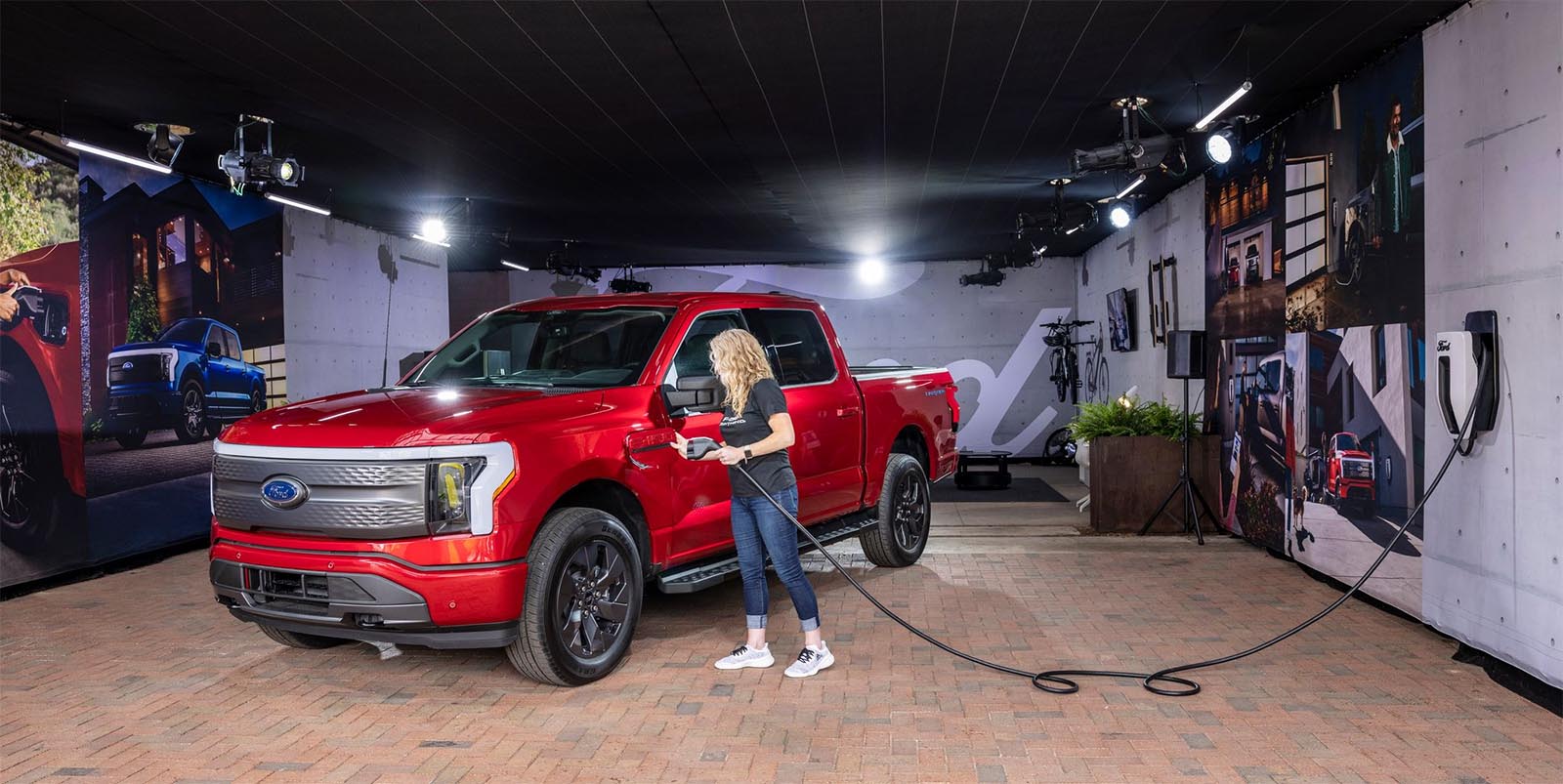
Several factors appear to be slowing demand for Lightning — and other EVs, including “charger anxiety.”
Several factors appear to be causing some potential buyers to hesitate, including not only concerns about range but also what has been dubbed “charger anxiety,” worries about the still limited availability of reliable public chargers.
Based on Ford’s best-selling pickup, the F-150, Lightning has won numerous awards. Among others, it was named both North American and Motor Trend Truck of the Year.
But critics have pointed out that its range can fall sharply in cold weather and when towing. Ford also raised prices sharply after the truck originally was launched. It has since cut the sticker price of various versions by as much as $10,000.
More Auto News
- Jeep warns nearly 3,700 could be laid off in February
- Cybertruck Crash Videos raise safety concerns
- Kia partners to clean up the oceans — and use waste plastic in future EVs
More EV pickups in the works.
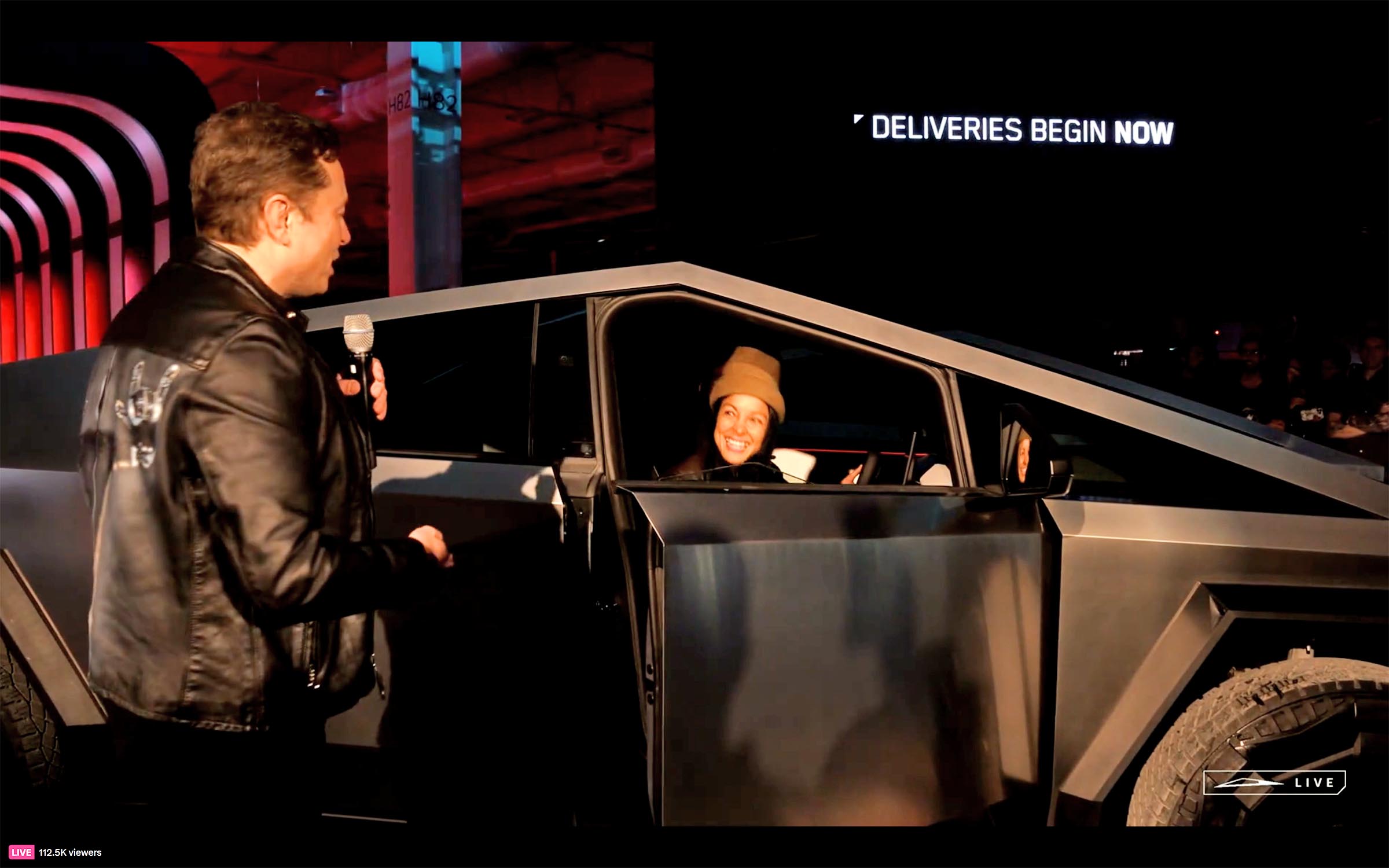
Tesla CEO Elon Musk handed over the keys to the first dozen Cybertrucks during a ceremony last month.
Lightning is one of several all-electric pickups now on the market, following by several months the R1T introduced by EV startup Rivian and GMC’s Hummer EV — but ahead of both the Chevrolet Silverado and the Tesla Cybertruck.
The first of the long-delayed Tesla trucks was delivered last month but while the automaker claims to have a reservoir of about 2 million advance reservations to draw from, industry analysts have questioned whether actual sales will come close to that figure.
The weakened showing by Ford raises concerns for the future of a once-promising segment. As Headlight.News has reported, as many as a dozen or more all-electric pickups are now in development.
GMC will add a second, the Sierra EV, in 2024, about the same time Stellantis delivers the Ram 1500 REV. The latter automaker is adding a range-extended variant, the Ramcharger, hoping to appeal to buyers who want to avoid the risk of running out of battery power. Several importers, including Toyota and Kia, are also working on EV pickups.
Ford scales back
Ford CEO Jim Farley had confirmed plans to add at least one more battery pickup, smaller than the full-size Lightning. It hasn’t said whether that would be a version of the midsize Ranger or the compact Maverick. It has registered potential names for both.
In the wake of recent developments, however, Ford said it is pushing out its $12 billion EV program. Among other things, it has indefinitely delayed one of three lithium-ion battery plants expected to serve its new EV manufacturing complex near Memphis, BlueOval City. It’s also scaled back the size of an LFP battery plant in Marshall, Michigan.
According to the automaker, it is currently losing about $37,000 per EV. But Ford expects to narrow that gap and eventually start earning a profit as sales increase and it gets a better grip on manufacturing costs.

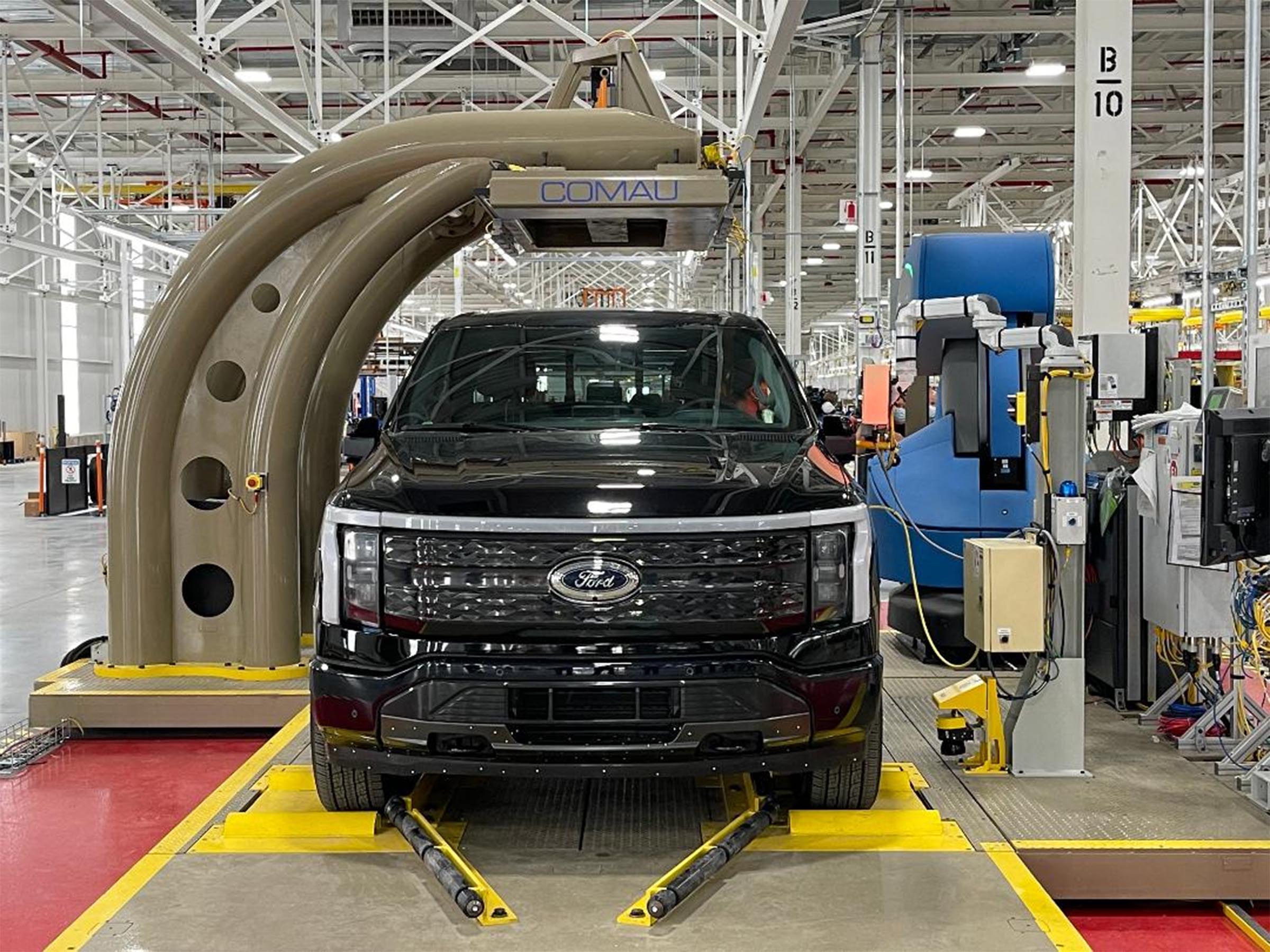
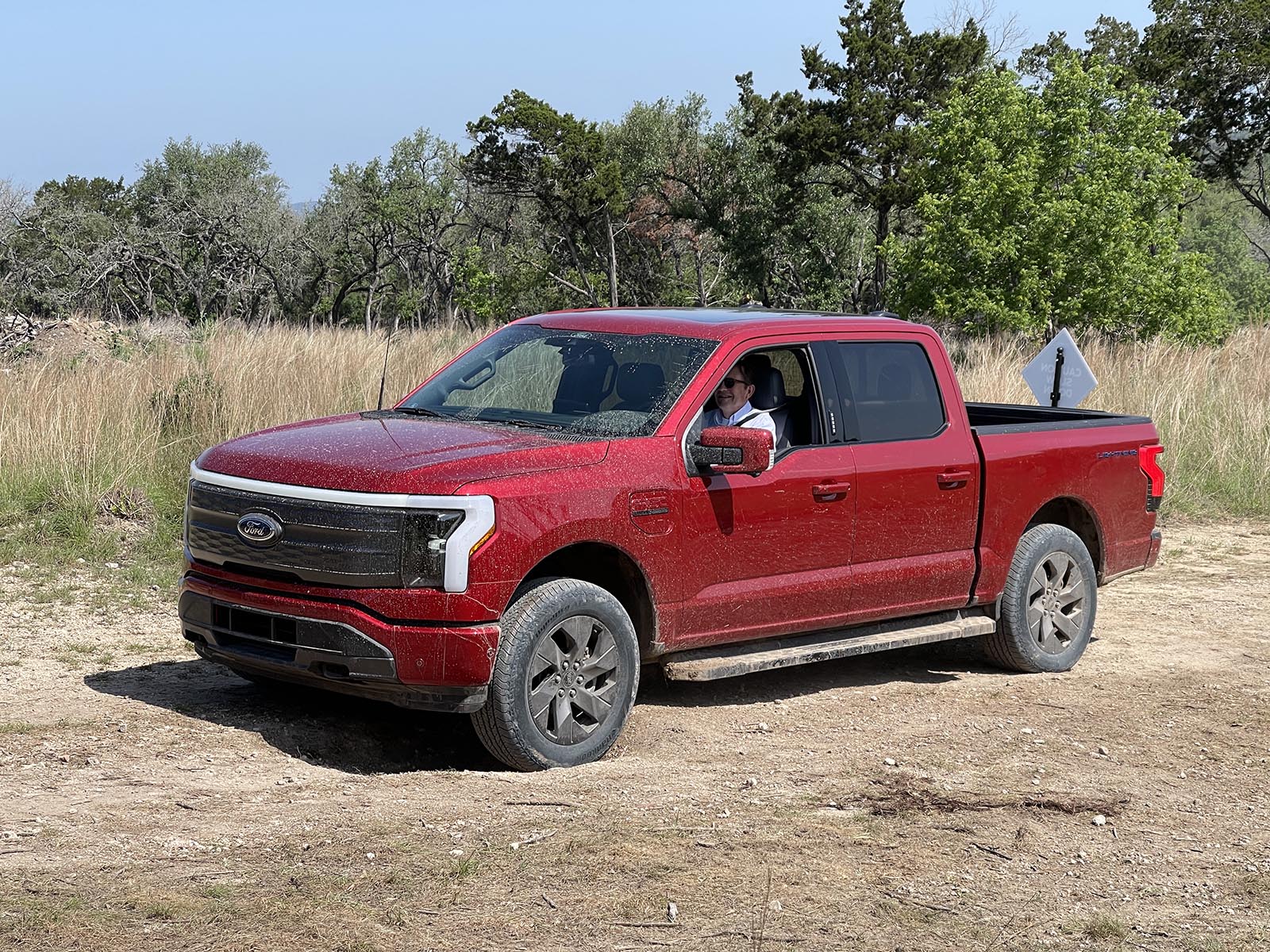


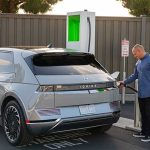
0 Comments